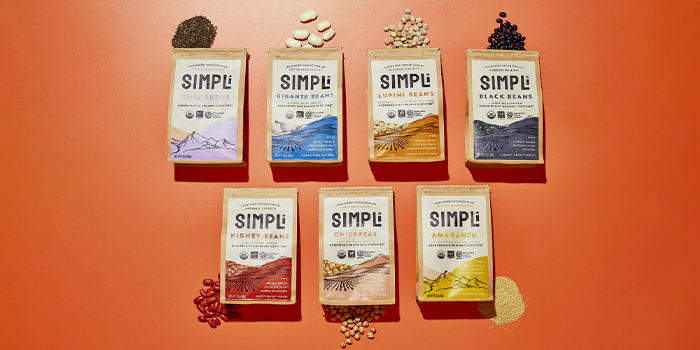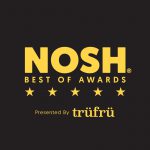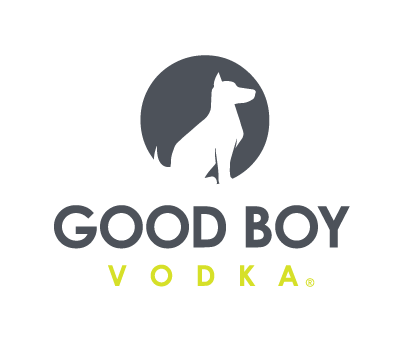The Simpli Plan: How A “Diversification Model” Helped Launch A New Brand

Over the last three years, Simpli has established ingredient partnerships with Whole Foods, sweetgreen and Daily Harvest, among many other natural products players. But now, the regenerative agriculture-focused, vertically-integrated supply chain company is taking significant strides toward establishing its own brand in the natural food space.
Baltimore-based Simpli made its largest expansion into CPG to-date with the launch of eight branded Regenerative Organic Certified (ROC) grains, beans and legumes at 500 Whole Foods stores across the country earlier this month. Products include Black Beans, Kidney Beans, Lupini Beans, Chickpeas, Quinoa (Red and Tri-colored), Amaranth and Gigante Beans. With the exceptions of the quinoas, the new products will be available at the retailer exclusively for three months and all are priced between $5.99 – $7.99, depending on the product.
Founded in early 2020 by Sarela Herrada and Matt Cohen, Simpli began with a single ingredient – quinoa – and a desire to support small farmers in Peru while reworking how the ingredient was brought to American consumers. In 2021, the company closed a seed funding round for an undisclosed sum, led by Abell Foundations and Eat the Change co-founder Seth Goldman.
Now the company’s sourcing spans seven countries and generates upwards of 50 food products including beans, legumes, grains, oils, superfoods and spices. All products available in the brand’s recent retail expansion are sourced from farmers in the Andean Mountains in South America with the exception of the regeneratively grown Gigante Beans, grown in Kastoria, Greece.
“We started with what our farmers are already growing,” Herrada explained, adding that it sought to establish a market for the rotational crops commonly grown in the respective region and then developed the product mix from there. Herrada noted that these decisions were also made in “combination with listening to our consumers – what are they looking for, what are they eating today, but also how can we elevate those items with a value add?”
Herrada and Cohen explained launching the business during the pandemic-induced supply chain volatility quickly accelerated the need to diversify routes to market for their farmer’s products. According to the co-founders, guaranteeing to farmers that their crop will always be purchased at a predetermined, premium price for the year ahead allows all parties to hedge against market volatility, and for Simpli, scale the model relatively quickly.

Herrada, who was born and raised in Peru, brings over a decade of experience in food supply chain operations including expertise from her most recent role leading and developing supplier networks for Mediterranean restaurant group Cava. Cohen, Herrada’s co-founder and husband, has a decade of experience in finance and accounting and was inspired by his father’s business which connected small farmers on the East Coast with regional grocery chains.
“We really saw that not only could we bring authentic food by developing fully vertical supply chains directly [linked] to farmers around the world, but because of that direct relationship, it has allowed us to have a feasible way to have environmental and social impacts as well,” Cohen explained.
As the company’s product portfolio has steadily grown, the environmental benefits of regenerative farming alongside the social impact of supporting small indigenous farming communities have become the value-add across its branded product line.
From the field, ingredients move to the company’s processing facility in Baltimore and then onto distributors to reach the end consumer – either a retail, wholesale or foodservice partner. By removing middlemen like local brokers, processors, exporters and importers from the traditional international supply chain model, Simpli believes it can create a system rooted in more authentic, transparently sourced foods.
“Part of our DNA is to build a sustainable company and we do that by diversifying as much as possible,” said Cohen. “It’s really about risk mitigation and that is having multiple communities in different regions for the same products to mitigate against any natural disasters or… geopolitical events, such as war, but it’s also the type of products we carry.”
The business’s foodservice arm currently accounts for a larger portion of its sales than retail or wholesale efforts, but Cohen noted the goal is to shift to a 50/50 split. The foodservice and wholesale efforts are both key to the brand’s mission, allowing the company to sell ingredients from farmers that are not yet ROC certified. This income not only incentivizes farmers to transition to regenerative organic practices but also provides them with the capital needed to do so.
“We look at this journey not as a journey where you can be in the parking lot,” stated Herrada. “[Farmers] have to make steps towards improvement within the time that makes sense for their crops. To incentivize the farmers, it is not only a premium, because a premium has to be established… but also it is the stability of the market [that we offer]. For us as a company, that’s why we risk mitigate so much.”
The company has worked with Daily Harvest as an ingredient supplier and recently helped the direct-to-consumer plant-based food company develop its own program that also supports farming communities’ transitions. Simpli will need to continue finding demand in the market in order to continue scaling the business, but that may not be too challenging.
According to a report from market research firm Innova, public curiosity for regenerative farming is increasing and 65% of survey respondents said the welfare of agricultural workers is important to them when purchasing a food product. Additionally, the firm has seen “considerable consumer demand for value redefined throughout the supply chain,” meaning that Simpli’s regenerative, farm-first, vertical integration efforts are likely well-positioned to cater to that demand.
“For us, it’s part of our DNA,” Herrada said. “Being able to have a spider web of communities, a spider web of clients and us to be managing both ends really helps us mitigate risk but also be really quick to respond.”

















